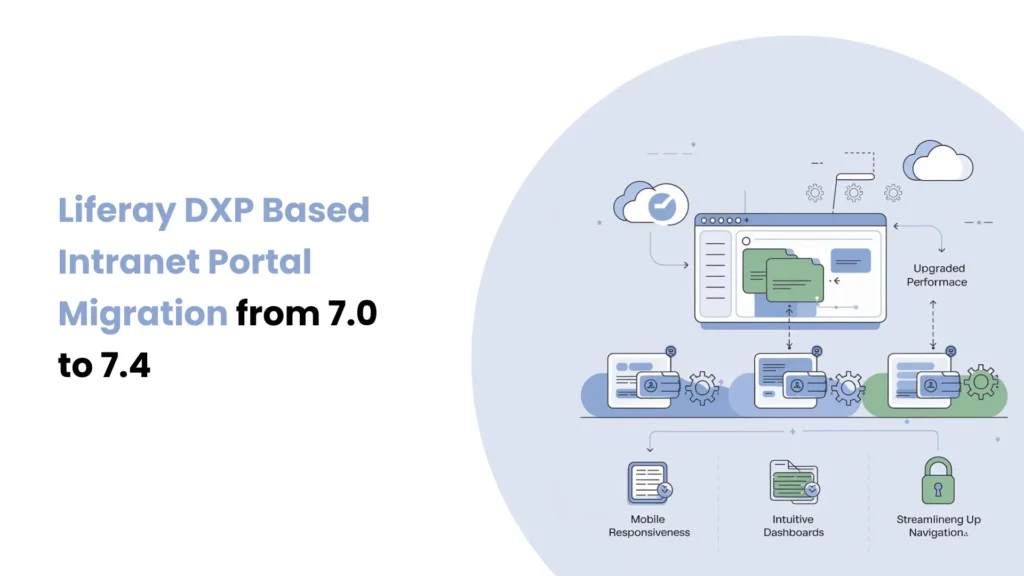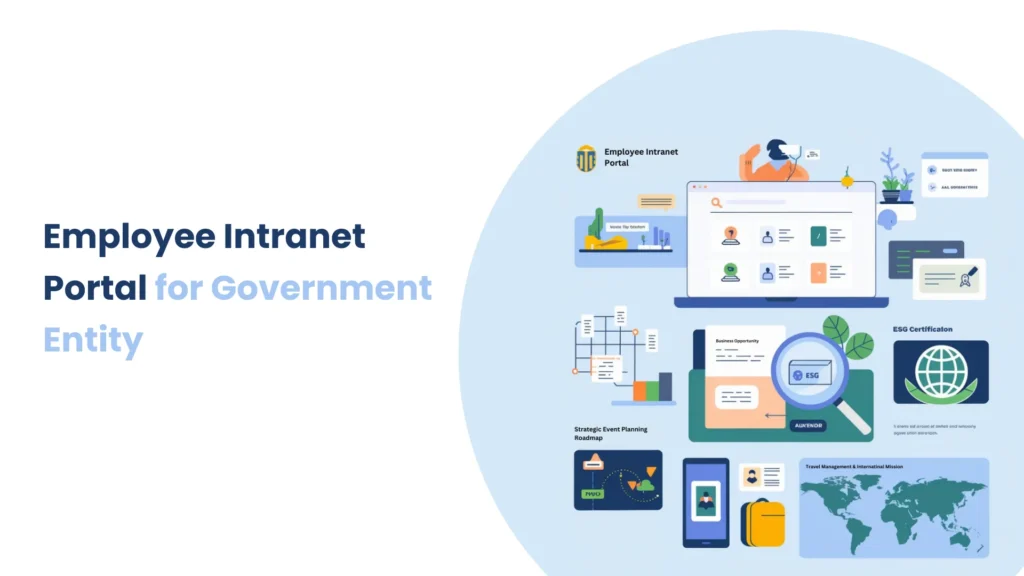Introduction
Scope creep is something every project manager deals with. It’s when a project slowly grows bigger than originally planned, adding more tasks or features without extra time or resources. This can mess up even the best-planned projects. We’ve seen it happen many times, especially in Agile projects, where being flexible can be both helpful and tricky. Some changes are normal, but if scope creep isn’t controlled, it can cause missed deadlines, overspent budgets, and a stressed-out team. As a project manager, your role is to keep the project on track while still allowing room for new ideas. Here’s how I’ve learned to handle scope creep successfully.
What is Scope Creep, Really?
Scope creep is when a project’s requirements start to grow beyond the original plan—without the time, budget, or resources to match. It’s like planning to build a treehouse and ending up with a full-blown mansion. Stakeholders might keep adding “just one more thing,” and before you know it, your team is overwhelmed, and the project is off the rails.
Why Does Scope Creep Happen?
From my experience, scope creep usually stems from a few common culprits:
- Unclear Requirements : If the project goals aren’t crystal clear from the start, stakeholders will keep adding or changing things as they go.
- Stakeholder Enthusiasm : Sometimes, stakeholders get excited and start requesting extra features without realizing the impact on the timeline or budget.
- Lack of Change Control : Without a formal process to evaluate changes, new requests can slip in unchecked.
- Gold Plating : Developers sometimes add extra features they think will “wow” the client, but these can derail the project.
- Communication Gaps : Misalignment between the team and stakeholders can lead to misunderstandings about what’s truly needed.
Here are the strategies we’ve used over the years to keep scope creep in check:
- Start with a Solid Foundation
Before diving into execution, take the time to define the project scope clearly. One should always create a detailed project scope statement that outlines objectives, deliverables, timelines, and constraints. Make sure all stakeholders sign off on it—this document becomes your North Star when things get murky.
- Implement a Change Control Process
We need to learn the hard way that you can’t just say “yes” to every new request. Establish a formal change control process where every new requirement is evaluated for its impact on time, budget, and resources. Get stakeholder approval before moving forward, and prioritize changes based on their business value.
- Communication is the key
Regular, transparent communication is key. We can use daily stand-ups, sprint reviews, and retrospectives to keep everyone in the loop. When stakeholders understand the impact of their requests, they’re more likely to think twice before adding to the scope.Always check client’s expectations are matching with our efforts or not. It would be really helpful if we show progress in a more comprehensive way.
- Leverage Agile Principles
Agile frameworks like Scrum and Kanban are lifesavers when it comes to managing change. Time-boxed sprints, backlog refinement, and sprint planning help me accommodate new requirements without losing sight of the big picture.
- Prioritize Ruthlessly
MoSCoW method (Must-have, Should-have, Could-have, Won’t-have) can help you prioritize tasks. It’s a simple yet effective way to categorize feature requests and ensure the team focuses on what truly matters.
- Educate Your Stakeholders
Many stakeholders don’t realize the ripple effect or we can say chain of effect for their requests. We should make it a point to educate them about the risks of scope creep and the importance of sticking to the agreed-upon deliverables. A little awareness goes a long way,especially when your client is a non-technical person.
- Keep the Backlog Tidy
In Agile projects, we always keep the product backlog well-organized. Regular feedback ensures that new requirements are properly assessed and aligned with business goals.
- Document Everything
We’ve found that keeping a detailed record of scope changes is invaluable. Document who requested the change, why it was introduced, and its impact on the project. This not only ensures accountability but also provides valuable insights for future projects.
- Set Realistic Expectations
Managing stakeholder expectations is an art. One should always make sure to clearly define what’s feasible within the project constraints. If a requested change will significantly impact the timeline or budget, I’m upfront about the trade-offs.
Conclusion
Scope creep is inevitable, but it doesn’t have to be a project killer. Over the years, we’ve learned that the key to managing it lies in clear communication, strong processes, and a bit of tough love when it comes to saying “no.” By setting clear goals, prioritizing effectively, and keeping stakeholders informed, you can navigate scope changes without derailing your project.



